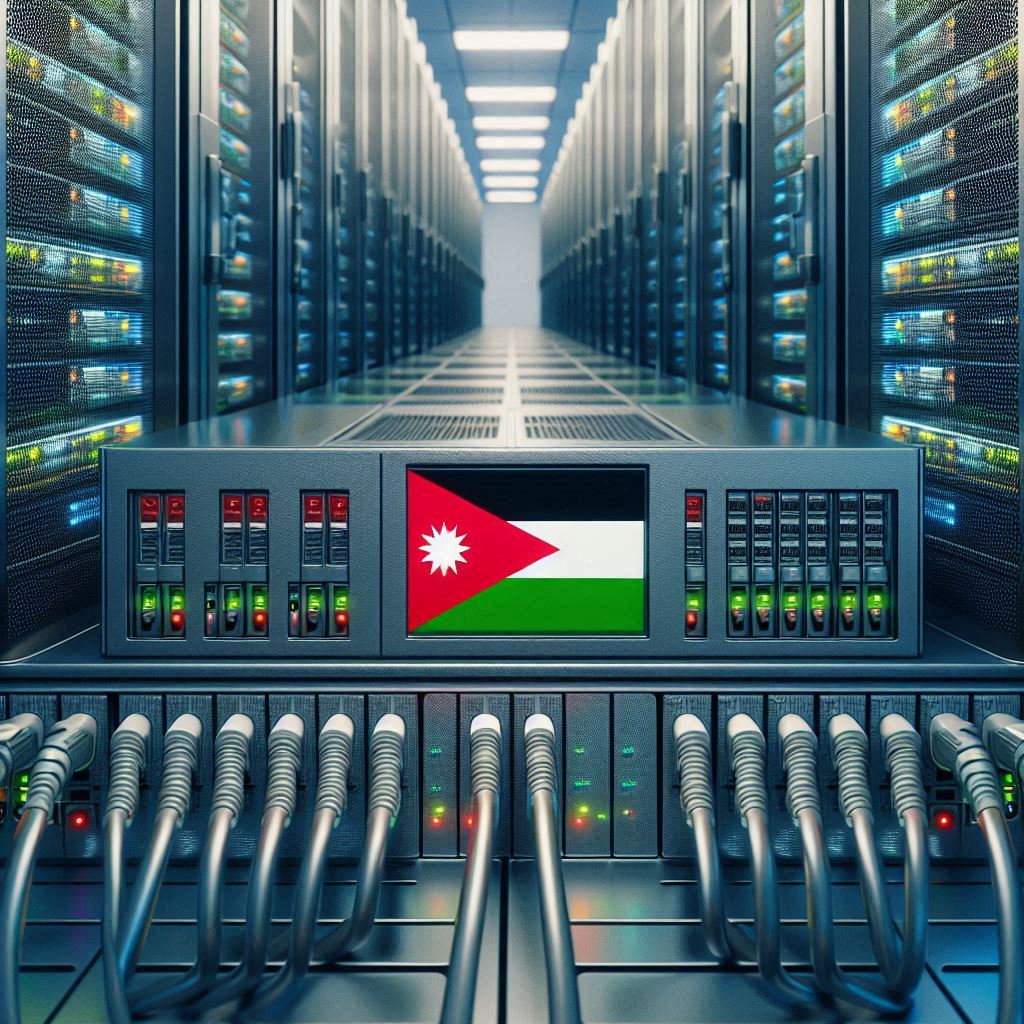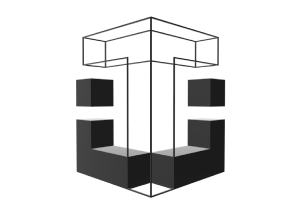In the past two weeks, blockchain blogs and websites have been flooded with articles about a new trendy term, Decentralized Physical Infrastructure Networks, or DePINs for short. Although the term is new, it refers to a blockchain application that has existed for several years and is considered one of the most important real-world blockchain applications to date. Let’s get to know this concept.
The term refers to projects that use blockchain technology and cryptocurrency-based incentive systems to create physical resource networks, capable of meeting users’ needs in various sectors more efficiently and at a lower cost. What does this mean? Let’s explore through some examples.
Most of us today use cloud storage technologies, like Google Drive or iCloud, which are companies that purchase large amounts of data storage equipment, and rent it out to subscribers for a certain profit margin. At the same time, a large number of people around the world personally own data storage equipment, such as external hard drives, and have spare capacity beyond their current needs.
Let’s imagine if there was a network that allowed everyone around the world with spare storage to rent out that excess to others lacking in storage space. This would provide huge cost savings, as we would not need intermediary companies that purchase specialized storage equipment for rental, and build expensive data centers to maintain and operate. In this case, those with excess space would earn from renting it out, while those lacking space would pay lower amounts to get the capacity they need.
Storj is a project that works on this basis. It is a protocol that allows users around the world to connect to it and do one of two things: rent out their excess space, or use the excess space of other users to store their data. The network incentivizes users to provide their excess space by rewarding them with a protocol-specific cryptocurrency, also called Storj.
When a user uploads a file to Storj, it is split into 80 pieces and each piece is distributed to a different device around the world. Users only need 29 pieces out of 80 to retrieve their original data. This way, the data cannot be hacked without hacking 29 different devices around the world. At the same time, it is difficult to lose data due to damage or some devices dropping off the network, as it’s enough to access just 29 pieces to fully restore the data.
Projects like Storj are considered digital resource networks, or DRNs for short. In contrast, there are physical resource networks, or PRNs, that work similarly but focus on enabling and sharing physical rather than digital resources. The Helium project, for example, is based on building a network of 5G internet subscribers willing to share their internet connection with other users via hotspot technology. Hivemapper, on the other hand, is a project that encourages drivers around the world to use road scanning cameras to create a decentralized map of the earth. Thanks to its incentive system, the project has been able to map 10% of the world’s roads in just one year.
These projects are examples of DePINs, as they rely on using blockchain technology to aggregate large amounts of scattered and unused resources around the world, and also use cryptocurrencies to encourage users to contribute their resources in exchange for rewards. This way, we can reduce the financial cost and environmental impact of many services we need by utilizing existing surplus instead of creating new resources.





